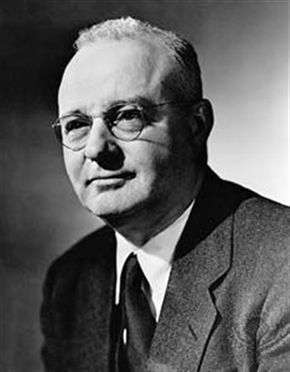In Hindi mythology, it is said that the universe is controlled by three major gods (Trimurti): Vishnu, Brahma and Shiva. Vishnu is the ultimate omnipotent god who is depicted resting on his giant serpent Ananta, tended to by Lakshmi. A lotus grows out of Vishnu’s navel and gives rise to Brahma – the creator. When Brahma awakens, the universe is created. Brahma models the universe according to Vishnu’s dreams and imaginations – dipping into the experiences of his past incarnations. Once the universe is created, it is maintained by Vishnu.
However, the Hindu view of cosmology is that the universe is not fixed. It continuously undergoes a cycle of creation, maintenance and destruction. The god who is responsible for the destruction of the universe is Shiva. When a certain time comes, Shiva dances the tandava to annihilate the universe and all of its contents. But this is not an act of evil. It is for the purpose of rebuilding the universe, reaching closer to a perfect, ideal world. Once there is nothing, Vishnu rebirths Brahma and the cycle begins again.
Remarkably, this is strikingly similar to the current scientific model of how the universe came about. It is suggested that the universe arose from a massive explosion of matter, something we call the Big Bang. Since the Big Bang, the universe has been expanding at the speed of light. However, it is theorised that one day the expansion will decelerate, until the forces of the universe pull it back together to cause a contraction. The universe contracts until all matter is crushed into a single point – an event called the Big Crunch. This gives rise to an extremely dense piece of matter that will eventually undergo a new Big Bang to create a different universe.
Destruction is not an evil force. Shiva is not considered the devil, but a great god who is almost as popular as Vishnu. This is because Hindus (rightly) believe that destruction is a key component of nature, allowing for the cycle of birth and death. A caterpillar must destroy its form within its chrysalis to form the pool of matter that will give rise to a beautiful butterfly. Creation and destruction are simply polar forces that cannot exist without each other and sometimes even the best of things have to fall apart to make way for better things. Furthermore, one cannot forget the importance of the neutral force that maintains the status quo between creation and destruction.
Nature is governed by these three force: plus, minus and zero.



